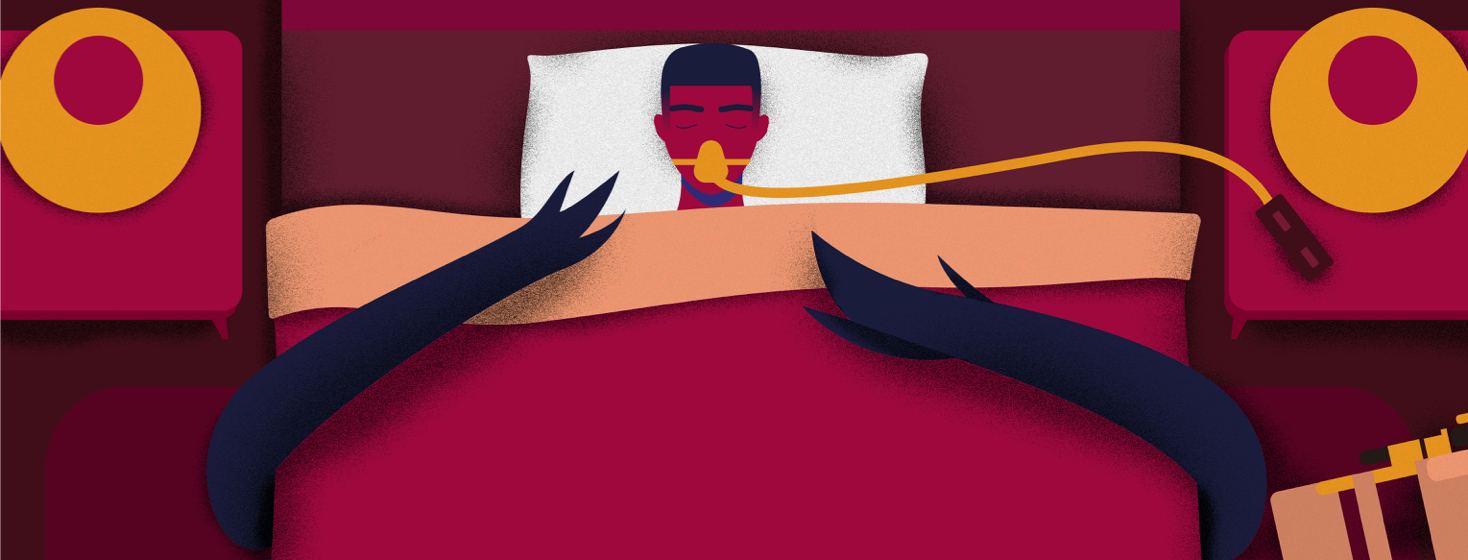Managing SMA and Sleep Apnea
I have noticed on the Facebook community that a lot of individuals deal with other health issues on top of sleep apnea. I also fall into that category. I was born with a form of muscular dystrophy called spinal muscular atrophy or SMA for short.
Spinal muscular atrophy
People who have spinal muscular atrophy are more prone to have respiratory issues. I have made a lot of friends who have SMA and some are on respirators, some have a tracheostomy, and some use a PAP (positive airway pressure) machine. Some of my friends have to wear their PAP all day long too.
Types of SMA
Spinal muscular atrophy is a progressive disease. It has been historically categorized with 4 different types.
- Type 1 kids, unfortunately, don’t make it to the 2nd birthday. They are never able to crawl and require medical intervention within the first few months of life.
- Type 2 patients never walk, and typically live a normal life span. They typically require assistance with feeding tubes and breathing apparatus as they get older.
- Type 3 patients are able to walk at some point in their lives. As they get older walking becomes more difficult and sometimes end up in a wheelchair.
- Type 4 is considered an adult-onset. Usually very mild.
Managing SMA and sleep apnea
I have written about this in some of my other articles. Sleep apnea usually doesn’t even register as a condition that I think about. I have been using CPAP (continuous positive airway pressure) machine for over 20 years. It is just a normal part of my life.
The use of my CPAP controls my sleep apnea to the point that it doesn’t interfere with my life. Obviously, there are some inconveniences; for example, traveling with it, cleaning it, and ordering new supplies. Outside of that, I don’t consider it a big deal.
Life changer
The spinal muscular atrophy diagnosis on the other hand has changed my life. I lost my ability to walk in my early 30s. Driving became too difficult in my late 30s. Normal daily functions like getting out of bed, showering, dressing, and cooking all require assistance. Dealing with a physical disability can be hard. However, I consider myself lucky that I have people surrounding me that love and care about me.
I grew up with wonderful parents, a younger brother, and a sister. They were and still are always there for me. We all live about an hour away from each other. It’s comforting knowing that with 1 call they’d be there to help me. I live with my girlfriend who’s been instrumental in my life. So I am truly blessed.
Staying positive
Living with any type of physical alignment is never easy. However, I always preach to look at the bright side of life. So if you are dealing with something else on top of your sleep apnea, learn to ask for extra help. Surround yourself with family and friends who you can lean on. Be grateful to those people in your life. Remember to take care of yourself.
We never realize how important our health is until something goes wrong. So if you are a lucky one who is not dealing with any other underlying conditions count your blessings. But if something does come up try and stay positive!
Do you have another condition with sleep apnea too? Please comment below.

Join the conversation